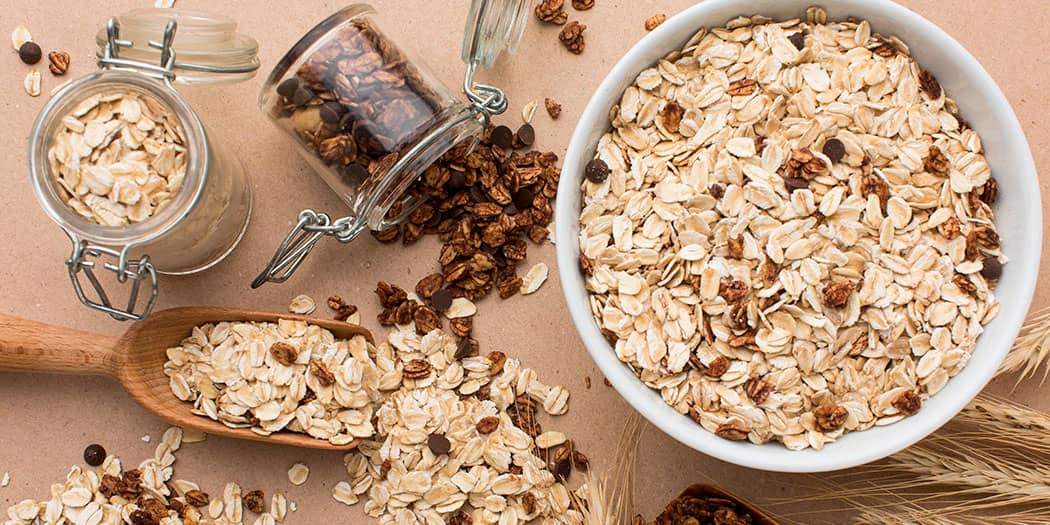On March 3, 2023, the European Commission published Regulation (EU) 2023/465, amending Annexes of Regulation (EC) No 1881/2006 regarding maximum levels for arsenic in certain foods.
On October 12, 2009, the Scientific Panel on Contaminants in the Food Chain (the CONTAM Panel) adopted an opinion on arsenic in food. It concluded that the provisional tolerable weekly intake (PTWI) of 15 µg/kg body weight was no longer appropriate as data had shown that inorganic arsenic causes cancer of the lung, the urinary bladder and the skin. High consumers of rice in Europe are most exposed to inorganic arsenic in their diet. In children under three years of age, dietary exposure to inorganic arsenic is estimated to be about two or three times that of adults. The Authority identified grain-based products as the main contributor to the exposure, and rice, milk and dairy products as important contributors.
The European Union (EU) published Regulation (EU) 2023/465 on March 3, 2023, amending the Annex to Regulation (EC) No 1881/2006 which sets maximum levels for certain contaminants, including inorganic arsenic in foodstuffs, and was previously amended by Regulation (EU) 2015/1006 which set maximum levels for the presence of inorganic arsenic in rice and rice-based products. Details of the changes to regulation (EU) 2023/465 are shown in table 1.
Table 1: Amendments to Annex in Section 3 of Regulation (EC) No 1881/2006, according to the Annex of the new regulation.
| Foodstuffs |
Maximum levels (mg/kg wet weight) | |
| 3.5 | Arsenic (inorganic arsenic for 3.5.1 to 3.5.4 and total arsenic for 3.5.5) | |
| 3.5.1 | Cereals and cereal-based products | |
| 3.5.1.1 | Non-parboiled milled rice (polished or white rice) | 0.15 |
| 3.5.1.2 |
Parboiled and husked rice |
0.25 |
| 3.5.1.3 | Rice flour | 0.25 |
| 3.5.1.4 | Rice waffles, rice wafers, rice crackers, rice cakes, rice flakes and popped breakfast rice | 0.30 |
| 3.5.1.5 |
Rice destined for the production of food for infants and young children |
0.10 |
| 3.5.1.6 |
Non-alcoholic rice-based drinks |
0.030 |
| 3.5.2 |
Infant formulae, follow-on formulae, foods for special medical purposes intended for infants and young children, and young child formulae. |
|
| 3.5.2.1 |
- Marketed as powder |
0.020 |
| 3.5.2.2 |
- Marketed as liquid |
0.010 |
| 3.5.3 |
Baby foods |
0.020 |
| 3.5.4 |
Fruit juices, concentrated fruit juices as reconstituted and fruit nectars |
0.020 |
| 3.5.5 |
Salt |
0.50 |
This regulation shall enter into force on the twentieth day after its publication.
This regulation applies to products produced in, or imported into, the European Union from March 23, 2023. Considering that certain foodstuffs covered by this regulation have a long shelf life, it is appropriate to provide for a transitional period. During this period, foodstuffs not complying with the new maximum levels, which were lawfully placed on the market before the date of entry into force of this regulation, may remain on the market until their date of minimum durability or use-by-date.
What do the changes mean?
EU Member States, third countries and food business operators must ensure their products comply with the new requirements for maximum levels of arsenic in foodstuffs. For more information, or to discuss your testing, analysis and certification requirements, please contact a food safety expert, such as SGS.
SGS is committed to keeping you informed of regulatory news and developments. Leveraging our global network of laboratories and food experts, SGS provides a comprehensive range of food safety and quality solutions, including analytical testing, audits, certifications, inspections, and technical support. We continually invest in testing and state-of-the art technologies to help you reduce risk and improve food safety and quality. For more information, please visit our website: www.sgs.com/foodsafety.
Next step
THE REGULATION SHALL APPLY FROM MARCH 23, 2023.
Naovarat Dachprasat
R&D Chemist, Food Technical Support Center
T: +66 2683 0541 ext. 2168, 2169
Read more articles SGS Hot Source
This site is SGS’s property. All contents such as website designs, text, and graphics contained herein are owned by SGS or licensed to SGS. The information provided by SGS on this site is for technical and general information purposes only and offers no legal advice. The information is no substitute for professional legal advice to ensure compliance with the applicable laws and regulations. All information on this site is provided in good faith “as is”, and SGS makes no representation or warranty of any kind, express or implied, and does not warrant that the information will be error-free or meet any particular criteria of performance or quality.





.webp?width=1644&height=1254&name=Food%20Safety%20Dashboard%201%20(1).webp)
